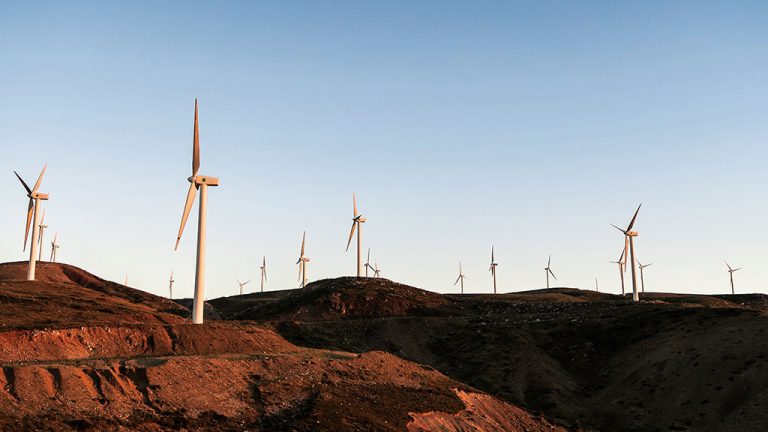A roller-coaster named Goliath has broken three records for wooden coasters, employing the latest in construction technology. Located at Six Flags Great America in Gurnee, Ill., the 180-foot coaster is the world’s tallest and at 72 miles per hour, the world’s fastest. It also presents the steepest drop, an 85-degree gut buster.
At the heart of Goliath’s construction is the Topper Track, a patent-pending technology developed by Rocky Mountain Construction of Hayden, Idaho.
"The Topper Track is basically a rectangular steel box that’s bolted to the six-layer laminated wood ‘stack,’" says Gary Pohlman, director of maintenance and construction at Six Flags Great America.
"That’s different from traditional steel coaster rails that feature round tubes. Grout is placed inside the hollow boxes to make the ride quieter. Also, unlike traditional steel coaster wheels, the coaster on this ride features a series of polyurethane coated wheels that grip the top, sides and underside of the track."
The track sections are painstakingly laminated and assembled at Rocky Mountain’s construction facility using computer-assisted design to marry wood and steel to exacting tolerances. Those sections are shipped to the construction site and assembled.
Rocky Mountain was called to the park in July 2013 to discuss the possibility of reworking and re-profiling an existing ride.
"I kept thinking that this was going to cost a heck of a lot more than we thought," says Pohlman.
"But we had a vacant space where we used to have a steel coaster and we discovered it would be cheaper to build a new ride on that site from scratch. That area is a long space but very narrow, so the curves had to be exceptionally tight."
The resulting design features two upside down turns through two separate manoeuvres. Seat belts and lap bars are required to secure riders who experience gravitational forces ranging from –1.0 g to as many as 3.5 gs across one kilometre of track and through 87 seconds in time.
While the lift structures that haul the coaster into place before the steep drop are made of steel, much of the coaster is built from structural timber and stitched together with bolts and metal splice plates.
Six Flags acted as the project’s general contractor with Rocky Mountain as the specialty sub-contractor. Once the site was leveled, Rocky Mountain poured more than 12 dozen massive pre-cast concrete footings at the attraction’s parking lot, then buried all but the top six inches. Metal supports protruding from the footings anchored the coaster.
The wood and steel sections, called "bents," were built flat on the ground, then stood up and lifted into place by crane. The coaster cars were also designed and supplied by Rocky Mountain, while Six Flags provided mechanical and electrical components.
The construction team worked from September through a frigid winter with up to 40 Rocky Mountain employees working alongside 12 to 15 Six Flags workers. As many as three cranes and four 150-foot man lifts were employed at the site.
"Temperatures dropped as low as 10 to
15 F below zero," says Pohlman. "The construction team worked through the entire brutal winter, missing only two days of scheduled work — although workers required frequent breaks to warm up."
While the project team had been aiming to finish the attraction by Memorial Day on May 26, the initial cold weather delays pushed the opener to June 18. In the final reckoning, Goliath required 300,000 board feet of lumber, 70,000 bolts and more than 40,000 person-hours to build.
Pohlman, along with Rocky Mountain owner Fred Grubb, were among the first to test the finished ride prior to the official opening, avoiding current line-ups that stretch for hours in front of the attraction.
"We were two of the first guys to come up over that crown," says Pohlman.
"When that car is hanging there, waiting for the rest of the train, that drop looks like 95 degrees, not just 85."











Recent Comments
comments for this post are closed